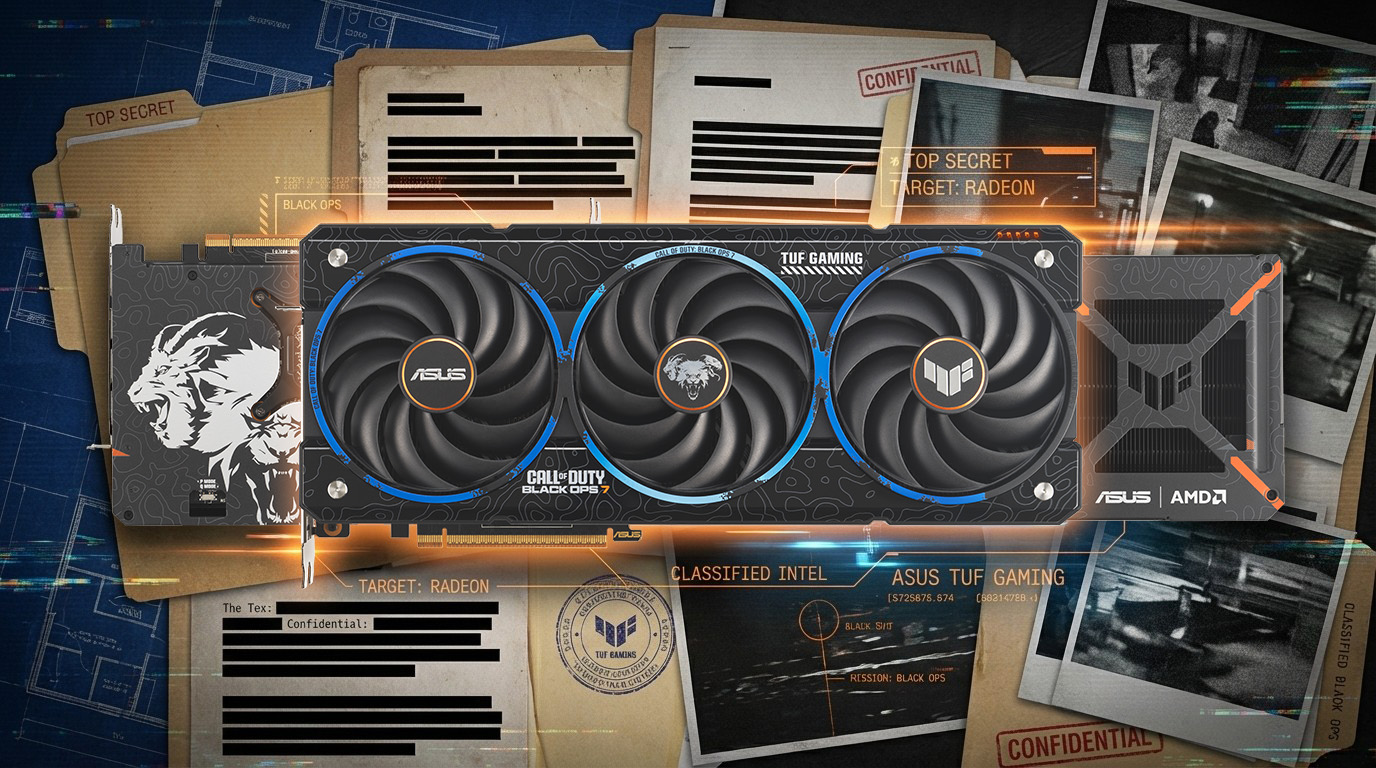Lumia Cyan and what it brings to Windows Phone 8.1 and the Lumia 930
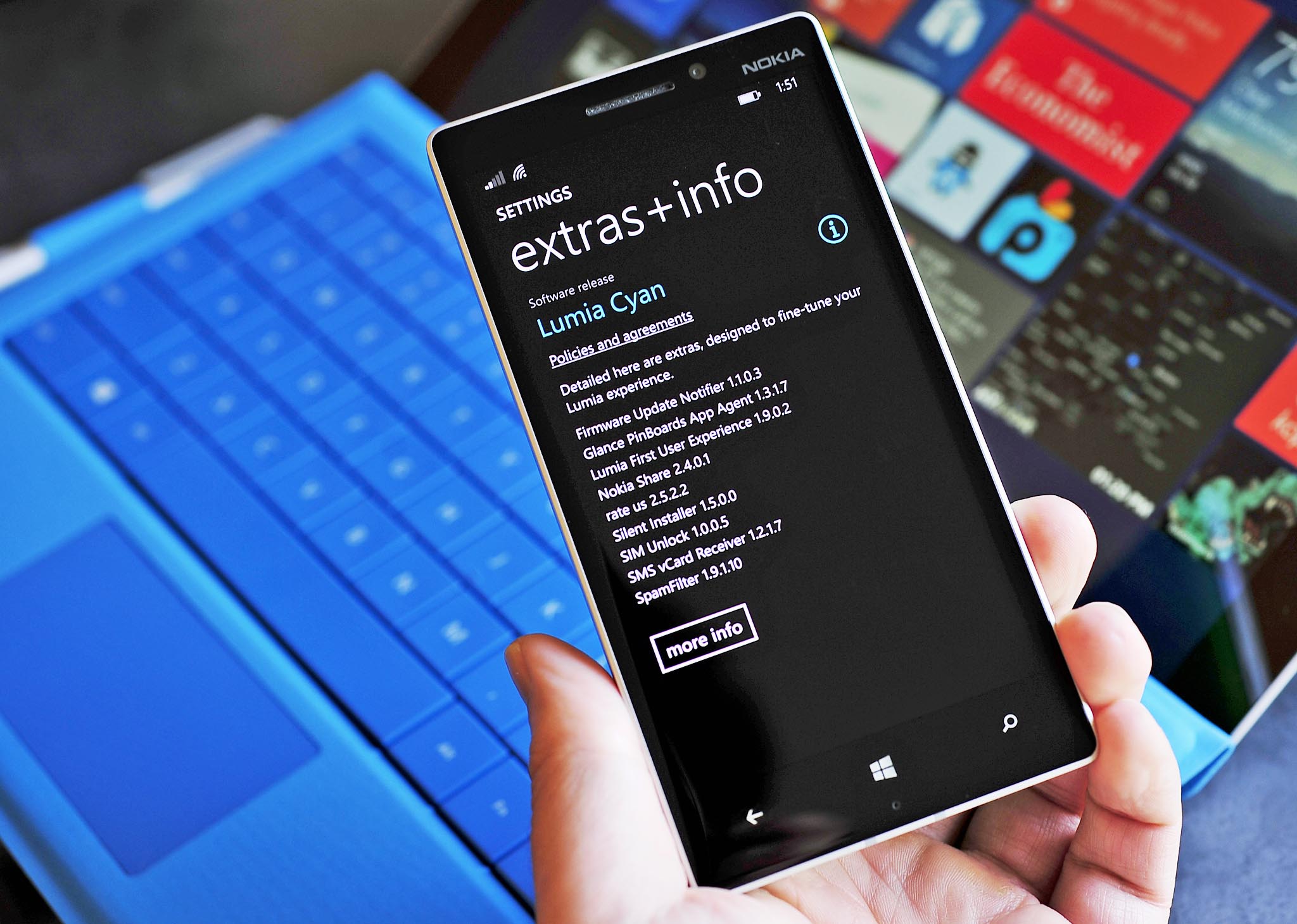
Our exhaustive list of what is new in the Lumia Cyan update
Lumia Cyan is the firmware half of the Windows Phone 8.1 for Nokia Lumia phones. Although many of you are using the Preview for Developers release of Microsoft's latest OS, most of you do not have yet the necessary Lumia Cyan firmware to optimize the experience. As a result, some key features are locked or not visible.
Now, with the release of the Lumia 930 we can finally get a good look at what Lumia Cyan adds to the equation. I have been going through the new flagship and comparing to other non-Cyan devices to figure out what is new. Here's what I found.
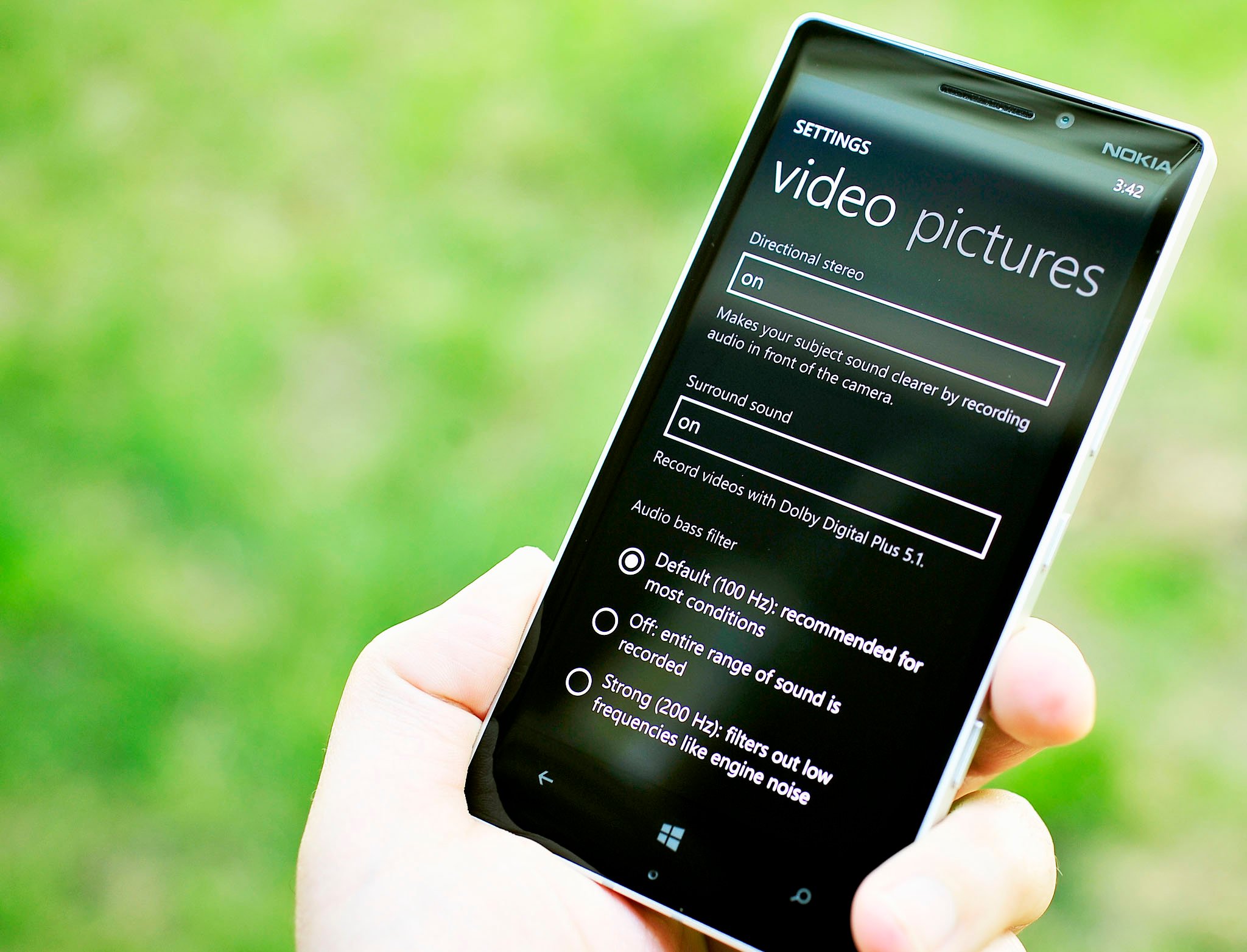
As I noted yesterday in our unboxing and walkthrough video, the Lumia 930 ships with build 12397 of the Windows Phone 8.1-operating system. For those keeping track, build 12397 is the same version as the current Preview for Developers, which, of course, means that what you have is not a beta release. The only difference is the Lumia Cyan firmware, which is tailored specifically for each model of Windows Phone. Firmware is super important as anyone who has updated a PC knows as it can allow certain drivers to work, optimize performance and enable certain functions.
From what I have noticed, these are some of the important and unique things that Lumia Cyan can enable. Note that not all of these functions are available on all Lumias, as some are dependant on more recent hardware like the quad-core Snapdragon 800. Many of these are already known, but there are a few new items too.
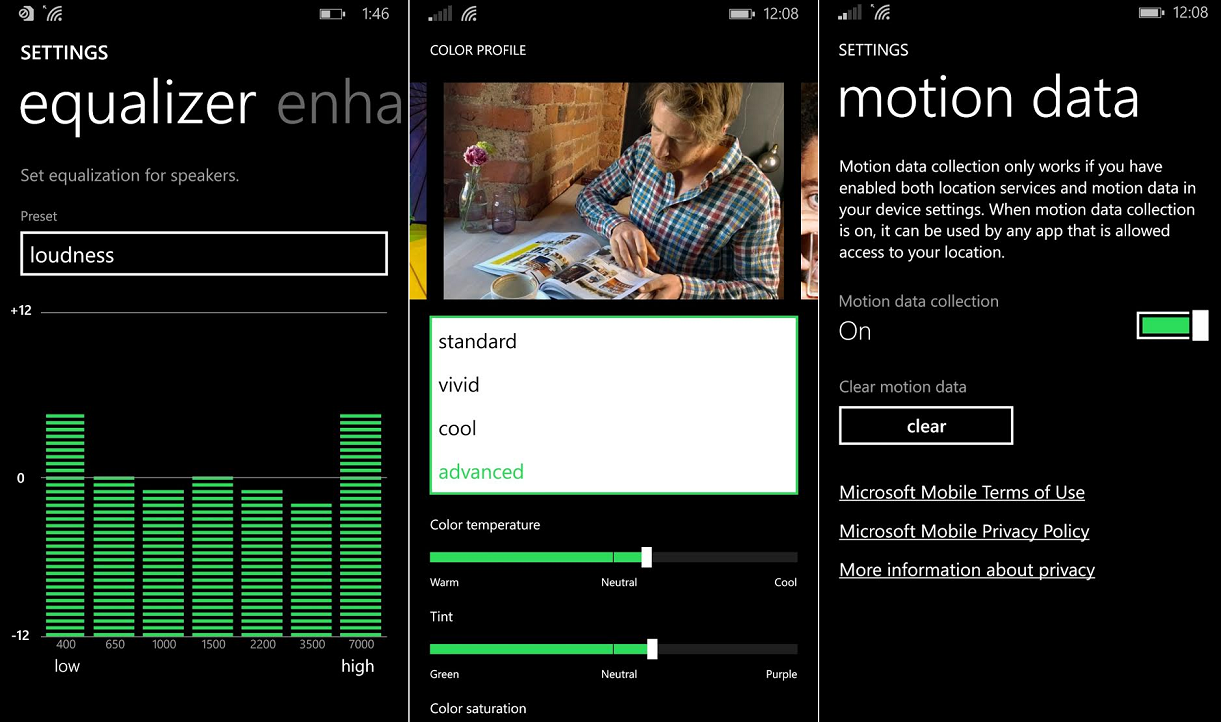
- Double tap to wake – Most Lumias already have this function, but the Lumia Icon on Verizon does not. It looks like Nokia figured out a way to enable it with the Cyan firmware as the Lumia 930 has this ability. There is still no Glance though due to lack of display memory.
- Equalizer now works through the speaker – The graphic equalizer found under Settings > Audio on non-Cyan devices is limited to just headphone usage. Nokia has finally expanded this to the phone's speaker too, letting users have fine-grained control over music. Update: the EQ does not work through Bluetooth devices.
- Dolby Headphone is now Dolby Virtual Surround – Also under Audio is Dolby Virtual Surround which is explained as "Surround sound enhancement for headphones enabled only for 5.1 audio". Functionally, the two may be the same, but it does add some new features like…
- Dolby dialog enhancer – "Improves the dialog clarity for movies," which is pretty self-explanatory
- Record audio for videos in Dolby Digital Plus 5.1 – On the Lumia 930 (and possibly Lumia 1520, Lumia Icon) users can optionally choose to record audio for videos with Dolby's new 5.1 technology. Dolby Digital on the Lumia 930 represents the first time achieving this in a smartphone, and it should prove to be impressive
- Brightness Profile – Users can set the default average brightness for their phone. Unlike the Lumia 630, which has controls for all three levels (low, medium and high), the Lumia 930 has a single slider. My guess is this sets the median, default brightness
- Color Profile – With Lumia Cyan there are now three presets (Standard, Vivid and Cool) in addition to Advanced, which lets the user modify three settings, including color temperature, tint, and color saturation via sliders
- Motion data – Part of SensorCore, Motion data lets users enable or disable the collection of movement information for apps like Bing Health & Fitness or Active Fitness, which can act as a pedometer to count steps. Motion data is only available for the Lumia 630, Lumia 635, Lumia 930, Lumia Icon, Lumia 1520 and devices with the modern Snapdragon chipsets
- Bluetooth 4.0 LE – Some Windows Phones had Bluetooth 4.0 LE enabled with Update 3 last year, but the Preview for Developers disabled it due to changes made by Microsoft to the stack. Lumia Cyan re-enables this feature for things like Nokia Treasure Tag or smartwatches. Official apps for smartwatches and other connected devices are coming later this summer once Cyan achieves a larger rollout.
- Living Images – Also announced earlier, Nokia's Living Images briefly records a second or two before the photo gets taken. When viewing the image through Nokia Camera or StoryTeller, users can see the image animated, giving life to the memory
- USB Settings – Currently hidden on devices with Preview for Developers, the USB settings are finally enabled with Lumia Cyan, bringing two options for users including "Ask me before using USB data connection" and "Notify me when I connect to a slower charger."
- Miracast support – Found under Settings > Project my screen, certain Lumias are getting full support to wirelessly stream content, or mirror the phone's display on Miracast devices such as PCs and TVs. You can watch my demonstration of this on the Lumia 630
- New Camera algorithms – For the Lumia Icon, Lumia 1520 and Lumia 930, its 20 MP PureView camera is improved. Changes include "much better low-light performance," "better colors," continuous auto-focus, better video quality and improved RAW quality. Continous autofocus works by autofocusing the image when the camera launches (and assuming the user does not use tap to focus). If the user steps back or forward, the camera continually adjusts without the need to manual refocus saving time and removing one extra step.
No USB OTG support
There were false reports of support for USB On-The-Go (OTG) in Windows Phone 8.1, which would enable the OS to read USB thumb drives and peripherals. However, in connecting two different Micro-USB 2.0 On-The-Go (OTG) adapters along with various thumb drives this feature is not present on the Lumia 930 with full Windows Phone 8.1 and firmware.
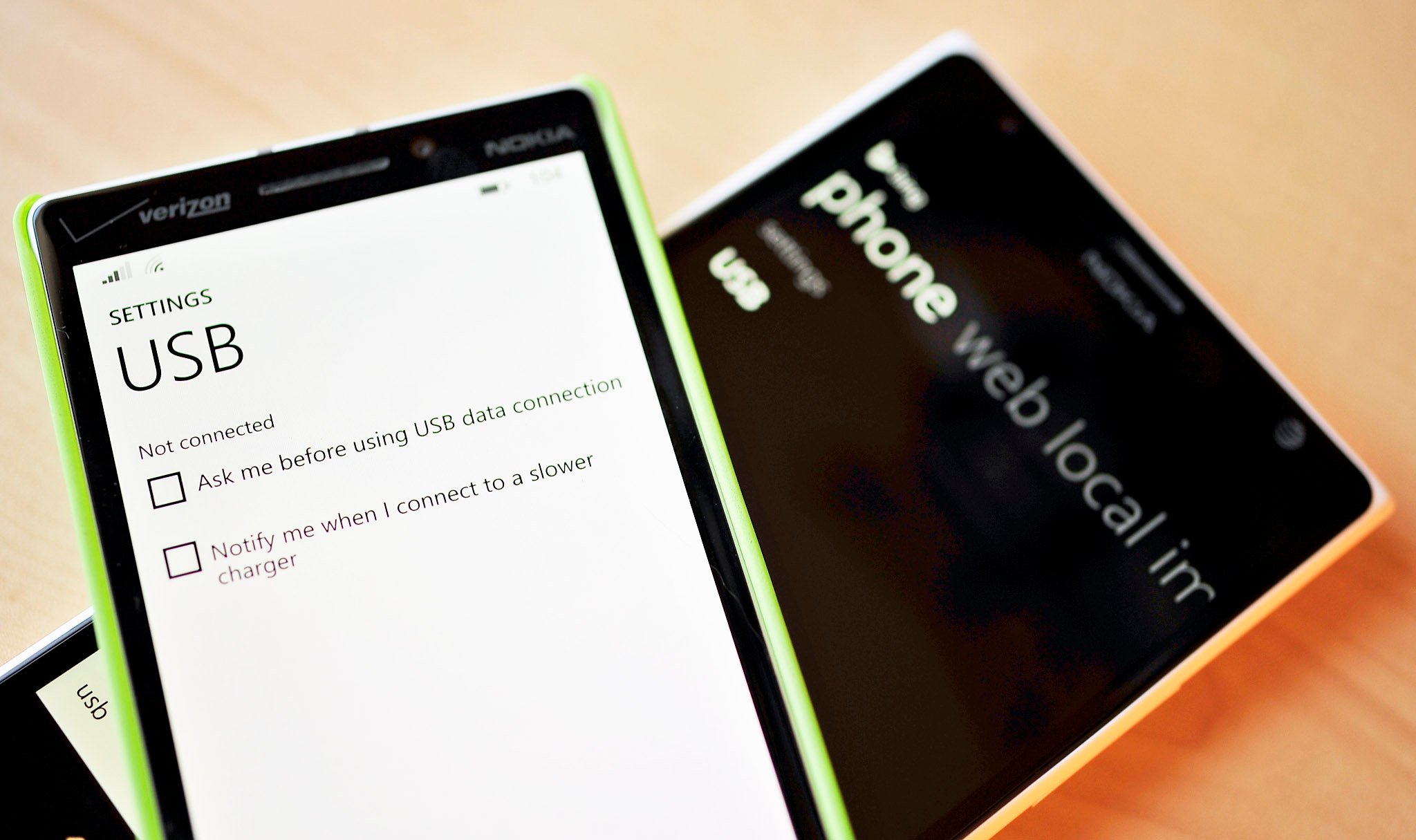
Conclusions
In addition to the above observations there are presumably many enhancements to how the hardware interacts with the software due to Lumia Cyan firmware. For instance, Lumia Icon users with Windows Phone 8.1 without Lumia Cyan are experiencing an issue where the display does not enable on the first attempt. The Lumia 930, its sister device, obviously does not suffer from this problem. Instead, the display fades in when enabled. Technically, this is slower than the more instant LCD display on the Lumia 1520, and it is a bit odd, but it works.
Likewise when it comes to speed or lag. After spending 24 hours with the Lumia 930 I can say that Windows Phone 8.1 – and specifically launching apps – I feel slightly less lag than devices without Lumia Cyan. The difference is subtle, not in all apps and presumably has to do with optimizing the display and animations for the OS.
All the latest news, reviews, and guides for Windows and Xbox diehards.
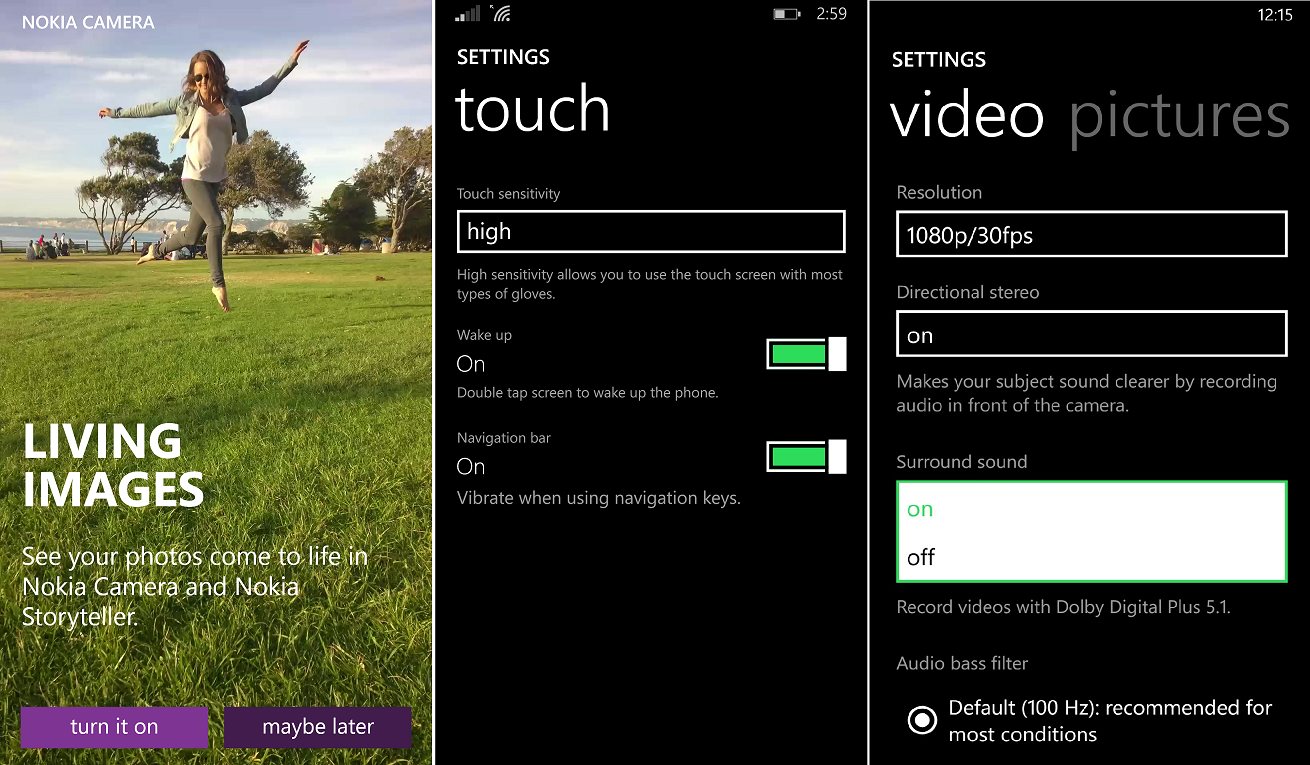
Overall, the enhancements Lumia Cyan brings to Windows Phone 8.1 are impressive, if not subtle. As such, users of the Preview for Developers should hold off on any final judgement until they receive the corresponding firmware. The combination of Lumia Cyan and 8.1 should address some performance issues users are suffering from in addition to any early quirks. Finally, as detailed above, there are unique functions enabled with the forthcoming update that make it worth the wait.

Daniel Rubino is the Editor-in-chief of Windows Central. He is also the head reviewer, podcast co-host, and analyst. He has been covering Microsoft since 2007 when this site was called WMExperts (and later Windows Phone Central). His interests include Windows, laptops, next-gen computing, and wearable tech. He has reviewed laptops for over 10 years and is particularly fond of 2-in-1 convertibles, Arm64 processors, new form factors, and thin-and-light PCs. Before all this tech stuff, he worked on a Ph.D. in linguistics, performed polysomnographs in NYC, and was a motion-picture operator for 17 years.
